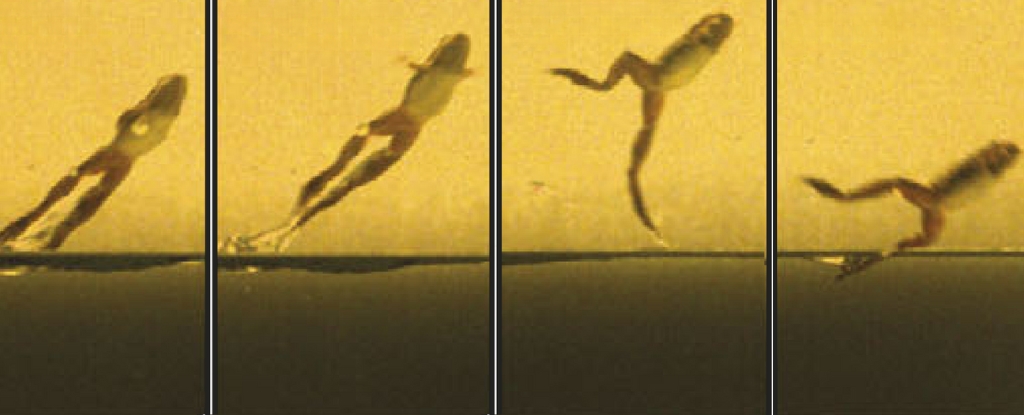ARTICLE AD
Scientists in the US claim to have boiled down some of the health benefits of exercise into a swallowable pill.
The novel drug is in the very early stages of development, but in initial experiments on rodents, the medicine appears to tap into a natural metabolic pathway usually triggered by exercise.
When administered to mice daily, the drug, called SLU-PP-332, seems to improve muscle function, fitness, and endurance – all without the animals having to move more than they're used to.
Presenting the latest results at the American Chemical Society's 2024 Spring meeting, principal investigator and chemist Bahaa Elgendy from Washington University claims that he and his team have succeeded where others have failed.
The metabolic target of their drug was once thought to be 'undruggable', or too challenging to trigger with pharmaceuticals. But that may not be the case after all.
If researchers can successfully target the same metabolic pathway in humans, Elgendy thinks it "could lead to the development of therapeutics for some of the most challenging diseases we are facing today, like neurodegenerative diseases and heart failure."
For years now, scientists around the world have been working to build an 'exercise pill' that can convey at least some of the benefits of exercise to those who need it.
Physical activity taps into numerous metabolic pathways that can improve human health in a wide variety of ways, but one pathway with particularly impressive health benefits triggers estrogen-related receptors (ERRs).
These receptors are found in tissues of the muscle, heart, and brain, and they are known to regulate a wide swathe of genes associated with metabolism, immunity, inflammation, homeostasis, development, cellular growth, and reproduction.
Yet, historically, they've proved really difficult to target. Exercise is one of the only ways to get the ERR ball rolling, so to speak.
Scientists at the University of Florida (UF) and Washington University in St. Louis have been working on a version of an ERR drug for a few years now. It's designed to hone in on not one but three different types of ERR – a feat that has never been achieved before.
Elgendy and his colleagues are so emboldened by their progress, they have put together a startup pharmaceutical company, called Pelago Pharmaceuticals, which they predict will "launch this target's clinical translatability."
In past experiments, Elgendy and his colleagues have shown that when SLU-PP-332 is given to mice, it increases a fatigue-resistant type of muscle fiber in their bodies.
This, in turn, improves the endurance of the rodents on treadmills, allowing them to run 70 percent longer and 45 percent further than those not receiving the drug. This is probably because their skeletal muscle cells are better able to maintain their energy balance.
Later experiments found that mice taking SLU-PP-332 twice a day for a month gained 10 times less fat than untreated mice, even though they kept eating the same amount of food and exercised the same amount as before.
"This compound is basically telling skeletal muscle to make the same changes you see during endurance training," explained pharmacist Thomas Burris from UF at the time the results were published in 2023.
"When you treat mice with the drug, you can see that their whole body metabolism turns to using fatty acids, which is very similar to what people use when they are fasting or exercising. And the animals start losing weight."
This isn't to say that SLU-PP-332 is a perfect substitute for exercise, but it does seem to trigger a molecular pathway that conveys many benefits of exercise to the heart, brain, and kidneys.
Some new compounds similar to SLU-PP-332 are even being designed to pass the blood-brain barrier, possibly delivering medicine to the brain that can keep cells there fighting fit.
"Many people cannot exercise, and a pill could be super beneficial to mimic or enhance the effects of exercise for people who are aging, for people with certain diseases, or who are facing some muscle loss using some other drugs," says Elgendy in a clip from the American Chemical Society meeting on YouTube.

 9 months ago
163
9 months ago
163 

